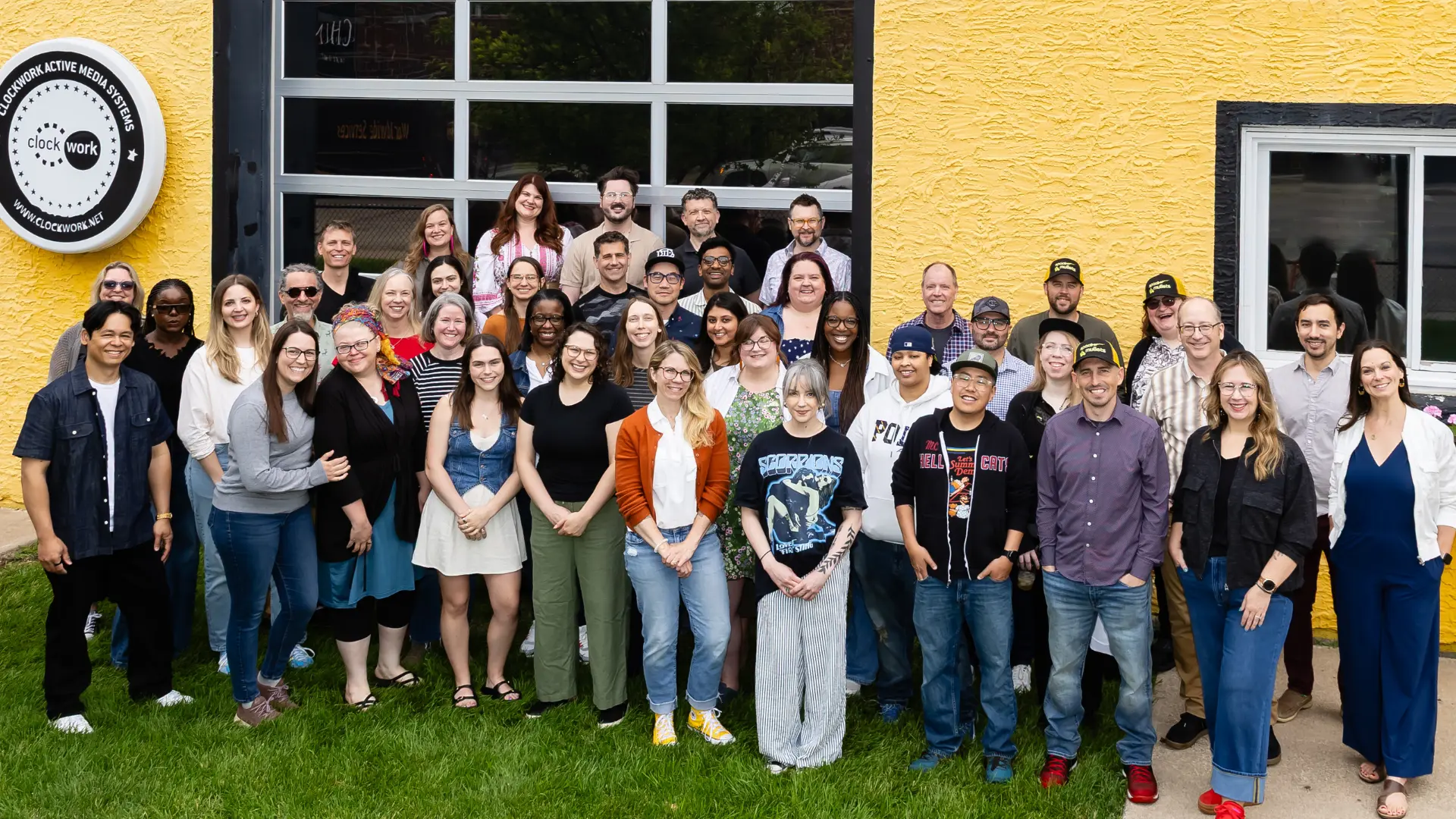Change management propels transformation. Organizations that practice change management are more resilient, better at adapting to challenges, and have a competitive advantage. Their people are equipped to learn, grow, and thrive amid change.
What is change management?
Change Management is the art and science of guiding people through changes in ways that make it easier (and faster) for them to adopt new processes and technologies. To do this, we collaborate with those who have to do the changing to make sure they:
- understand the value of the change to the organization
- understand their role in making the change successful
- envision themselves in the future made possible by the change
This enables your organization to get the best return on investment in any change.
Why is change management important?
In addition to delivering real ROI faster, change management enables your organization and your teams to achieve strategic goals. Read on for examples of how change efforts enhance innovation, continuous improvement, customer experience, and employee satisfaction.
Why initiatives fail
Many initiatives fail because companies don’t invest in making it possible for teams to truly adopt new ways of thinking, working, and collaborating. The adoption and engagement generated by change management efforts are crucial to fighting the institutional lethargy of ‘this is just the way things are done.’
How can you do it better?
- Involve those closest to the work in implementing changes or new ideas. They will bring fresh ideas you wouldn’t have gotten otherwise and will catch and mitigate risks.
- Take a pilot approach to implementing innovative ideas. Deploy them with a small number of teams. Invest in change management efforts throughout the pilot. And commit to expanding or killing the initiative based on the pilot’s outcomes.
- Communicate incessantly about efforts your team is making to act on innovative ideas. Share and reshare the results of these efforts. Truly, information doesn’t start to land with people until you’re tired of talking about it.
Improving your customer experience with change management
Delivering an improved customer experience isn’t only about how end-users encounter your business. It can’t be.
The only way to deliver an improved customer experience is to ensure employees are fully engaged and prepared to make it possible. A strong change management program ensures that staff members understand:
- what they need to do differently
- how to do things differently
- how their leader and/or the organization will support them while they learn
- why this change matters to the company
- why this change matters to them
- why this change matters to the customer
- what will be possible if the new experience is successful
The customer experience falls flat when the development and implementation of improvements focus only on end-users. If that happens, you risk customers losing trust in the experience or the company. On the other hand, employees who are empowered and enabled to deliver on those improvements can really evolve the customer experience.
Using change management to improve employee satisfaction and retention
Change management can be your superpower. Leaders who provide solid direction and support set their teams up for success. Even in a constantly changing work environment.
Why? As we’ve seen over and over again, employees are at their best when their expertise is recognized and they are empowered to use it. And that’s never more important than in the midst of change.
Skilled change management is an enabler
It gives employees the agency to apply their unique skills, knowledge, and insights to move the business forward. This makes adopting new ways of working easier because they’re no longer people impacted by a change; they’re people helping to drive the change.
Want to try it out? Follow these steps:
- Describe where this change will take the team and/or the organization
- Be explicit about why the change is important
- Articulate what you expect from your team (repeatedly)
- Then, ask your employees two questions:
- “What do we need to do to get there?”
- “What’s your personal plan for adopting the new ways of working that come with [this change] and what can I do to support you?”
This co-creation approach empowers employees and makes them committed to bringing changes to life. Employees will be invested in how they must change to make those changes real.
What do change professionals actually do?
In short, change professionals help individuals and organizations do their best work during times of change.
Change pros strategize and troubleshoot. They generate alignment across divisions, hierarchies, and agendas. They support and coach leaders and employees. And, given their experience with a range of transformations, they provide solid ground and dependable approaches to change.
In particular, change pros apply the right blend of practices — in engagement, training, communication, and leadership — to:
- gain alignment on goals, objectives, and measures of success
- assess needs and get a change management plan in place
- document the value proposition and business case for the change
- assess change readiness
- assess the impact of change efforts
- document processes, personas, and journey maps to better understand the scope of changes
- create and implement a communications plan, as well as initial communications drafts
- create and implement a training plan (when necessary)
- support executive sponsors and people-leaders in leading change
- support and lead a network of change champions
Most importantly, they adjust their approaches in real-time — in the face of pain points, roadblocks, or new information.
In the end…
Every change presents a value proposition to the organization. Otherwise, we wouldn’t (and shouldn’t) do it. But leaders and teams have to work and think differently to realize that value. A commitment to change management efforts can facilitate mindset and behavioral shifts long before you need them to be in place. This allows you to deliver ROI quickly and well.




